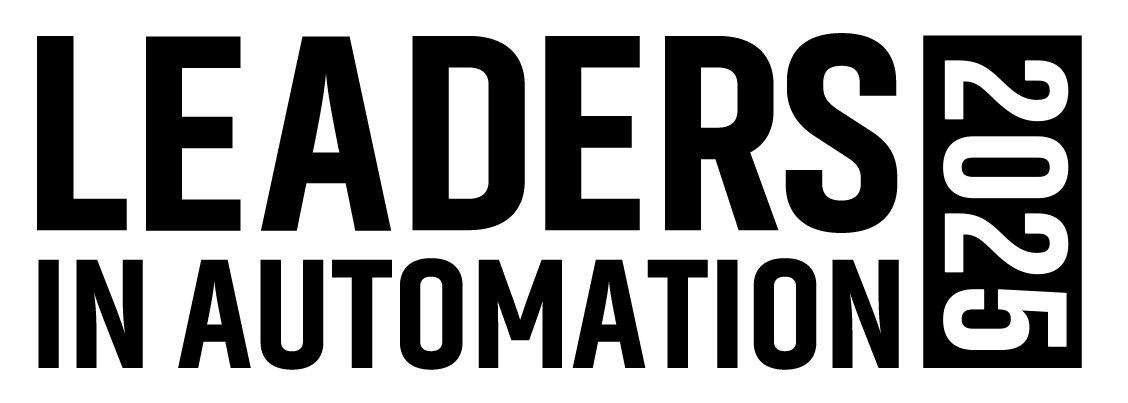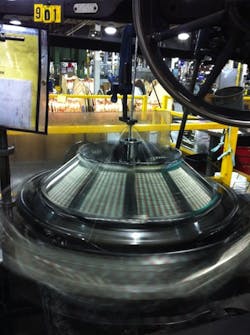Mike is a Marketing VP at Belden (www.belden.com) in the networking area. Belden has grown from a familiar supplier of a multitude of cables and wires to include many industrial networking products--especially involving Ethernet. The Belden plant in Richmond makes cables of varying sizes and compositions. Some cables may even have fiber optics in the core.
One of the enticements was to learn how the company has implemented Lean Manufacturing over the past couple of years. Guiding the tour were Jerry Rose, Director of Manufacturing Services (leading the Lean initiative), Phillip Miller, Environmental Health and Safety Manager, and Jeff Sparks, Maintenance Manager (Automation).
There are many ways you can see that a plant is practicing Lean upon entering the facility--in fact, sometimes even on the outside. One sign is when you see "Lean Boards" prominently installed in each area, cell or department depending upon the organization. Rose told me that Belden has been practicing Lean for about two years. The Lean Boards, site of the daily shift meeting, includes rows displaying KPIs, Pareto charts, 5 Why notes (the way to determine root causes) and corrective actions taken to date. The daily team meetings update the entire team on the status of the cell.
While each production shift team has a brief daily meeting at the beginning of the day, the plant management team meets every afternoon at its Lean Board that summarizes all the other boards to review the day. This eliminates the "he said/she said" problems of communication about situations, because everyone hears the same thing.
With average employee seniority in the plant at 28 years, mind set was perhaps the biggest obstacle to overcome. It's the old "we've always done it this way" idea embedded in the mind along with the "they never listen to me anyway" syndrome. But Belden made it a point to involve the older workers in providing ideas for Lean without threatening them. I think that sometimes there's a fear that an idea will put them out of a job. That's why trust is one of the keys to Lean. Looks like Belden plant management was able to set that environment and they were able to get buy in from most of the employees.
The plant has 50 extruders filling 1.1 million square feet. Extruders, of course, are big energy users in the form of heating elements. Combining energy savings, Lean and automation, Belden tackled the problem of energy wasted keeping the heaters on too high over weekends and other downtimes. Operators liked to leave heaters on a little higher over a weekend so that they'd have faster startup on Monday morning. A team looking into simple automation applied automatic timers so that the extruders would start on Monday morning soon enough so that they were ready to go when the operators were ready.
About the Author
Gary Mintchell
Editor in Chief

Leaders relevant to this article:
